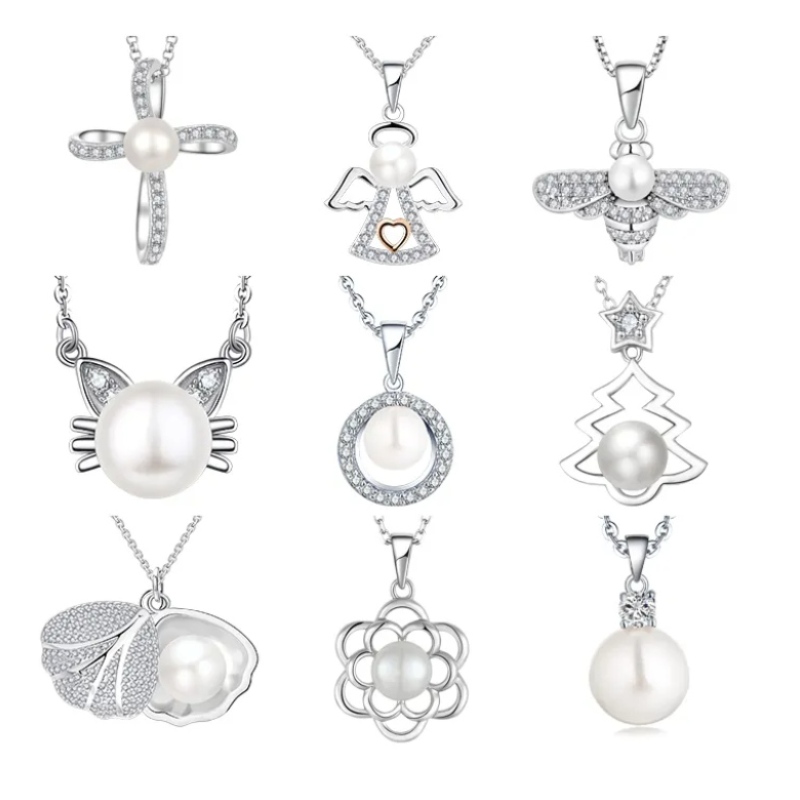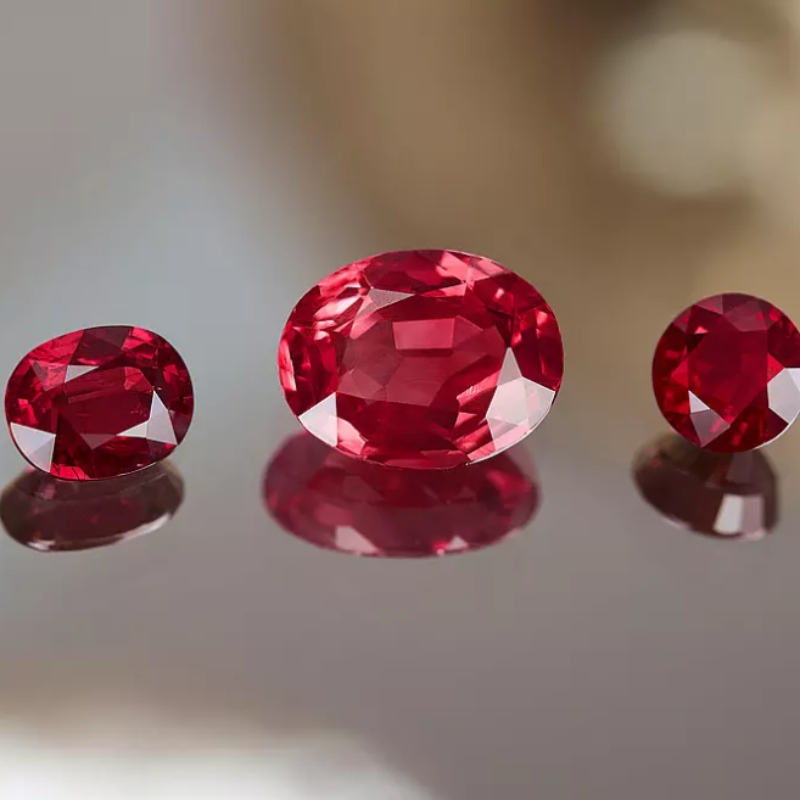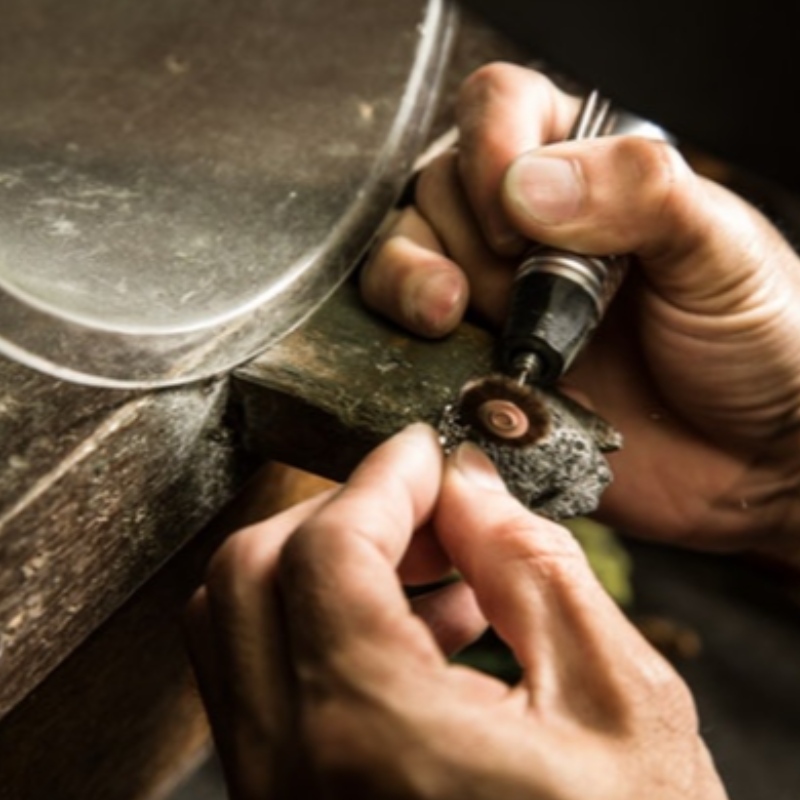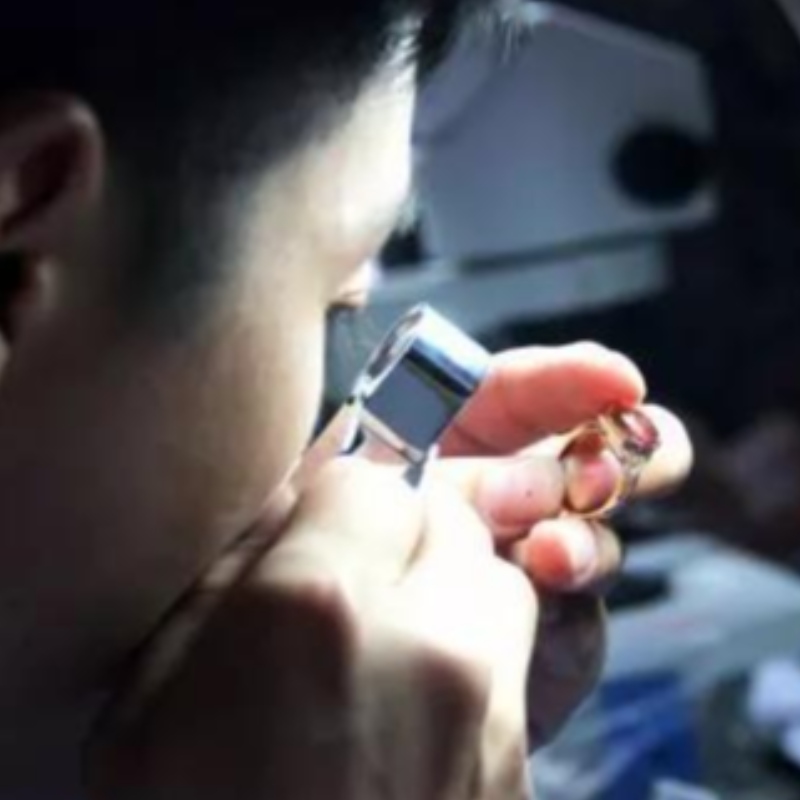Jewelry making is an ancient and delicate art that involves a variety of crafts and techniques that reflect the creativity of the designer and the skill of the artisan. The craft goes beyond the simple combination of metals and gemstones, and involves multiple intricate steps that give each piece of jewelry a unique meaning and value. To understand how jewelry is made, we need to start with the selection of raw materials and progress to each step of the design, processing, setting and final inspection.

First of all, the first step in jewelry making is to choose raw materials, which mainly include metals and gemstones. Metals are usually precious metals such as gold, silver and platinum, which are widely used for their good ductility and oxidation resistance. When choosing the metal, the artisan will consider the style, design and end use of the jewelry. Similarly, gemstones are an important part of jewelry. From the traditional diamonds, rubies and sapphires to the modern variety of semi-precious stones, the diversity of choices allows for a richer design. The selection of high quality gemstones is crucial to the brilliance and value of the final product.

After determining the materials, the designer will design according to market trends, customer needs and personal creativity. At this point, the designer will use sketches and 3D modeling to visualize the ideas. This stage is crucial as the design will determine the overall aesthetic and market appeal of the jewelry. Once the design is complete, the artisan will create a model, usually using wax or plastic materials. During this process, the artisan needs to carefully consider every detail, including the shape of the cut of the gemstone, the thickness of the metal, and how the various decorative elements will go together.

After completing the model, the next step is to make a mold. A mold is a tool used to cast metal and is usually made of a heat-resistant material. The designed model is embedded in the mold and then cast. Casting involves pouring molten metal into the mold and allowing it to cool to form the initial shape of the jewelry. During this process, the artisan needs to master the melting point and pouring rate to ensure even distribution of the metal and avoid bubbles and defects. Once the casting is complete, a rough shape of the jewelry is obtained, followed by a polishing and finishing session.

Polishing is a very important step in jewelry making, a step that not only improves the appearance of the jewelry, but also sets the stage for subsequent gilding or coloring. Using different types of sandpaper and polishing tools, the artisan will meticulously polish the jewelry, removing surface imperfections and softening the shine of the metal. Once the polishing is complete, the shape of the jewelry becomes clearer and the first glimmers of light begin to appear.

Next comes the process of setting the gemstones. This part of the process requires a very high level of skill on the part of the artisan, especially when working with small, delicate stones. Setting can be done in a variety of ways, including claw setting, bezel setting and bezel setting. The claw setting is the most common method, where the stone is held in place by metal claws, and is suitable for showcasing the stone in its entirety. The claw setting technique, on the other hand, completely encases the gemstone in metal, providing better protection. Each setting technique has its own unique effects and uses, and the artisan will choose the most appropriate technique based on the design and the characteristics of the gemstone.

After the gemstone has been set, the jewelry undergoes a rigorous inspection to ensure that the quality and craftsmanship are perfect. This stage includes checking the appearance of the jewelry, the firmness of the setting and the purity of the metal. Especially in the case of jewelry set with expensive stones, the craftsman needs to be very careful as any small mistake can affect its value. In addition, many jewelry brands also have their logo engraved at this stage, adding to the uniqueness and recognition of the product.

Eventually, the inspected jewelry will be cleaned and packaged. The cleaning process ensures that the jewelry remains in the best condition before delivery to the customer, avoiding dust and fingerprints, etc., from affecting the appearance. In terms of packaging, the jewelry is usually placed in a beautiful jewelry box to enhance the class and attractiveness of the product. Such detailing not only enhances the customer's buying experience, but also boosts the brand image.

